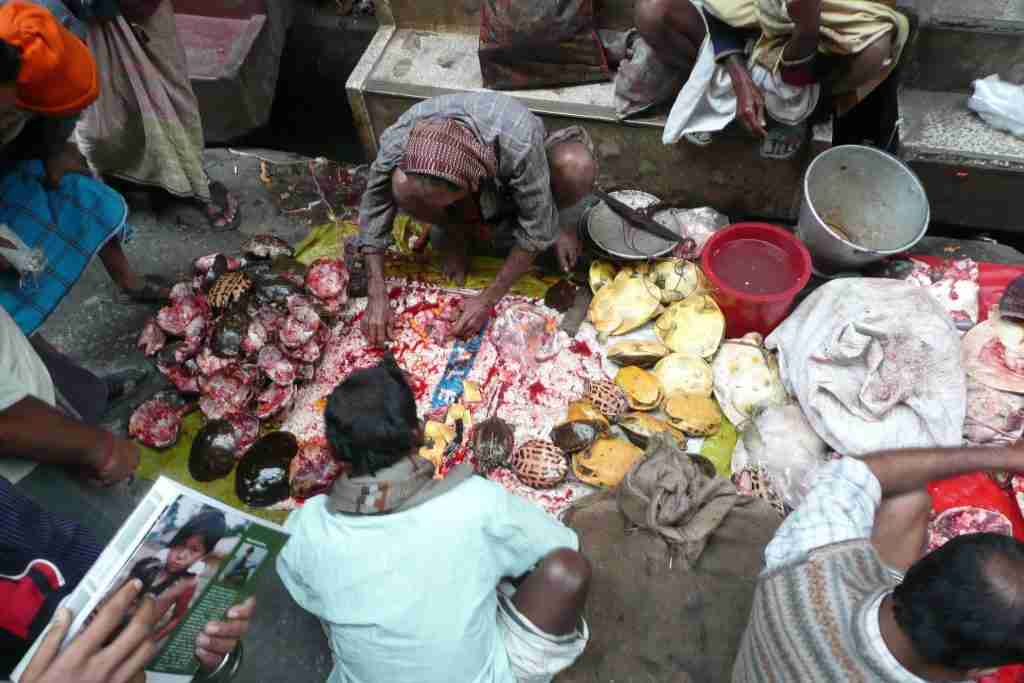SUMMARY
Turtles are exploited worldwide. They are not only sold en masse in the international pet trade; but in many countries, they remain an important protein source to this day. In many places, turtle meat and eggs are regarded as a delicacy and are widely used in traditional Chinese medicine. In the last decades, the economic growth of South Asian countries has been astounding. The purchasing power of the population has likewise increased, and there are now more people who can afford these relatively expensive goods.
HOW BIG IS THE THREAT?
Every year, the Bengal population in India and Bangladesh celebrates the ‘Kali puja‘. The feared goddess Kali is worshipped by performing tantric rites and chanting mantras and performing animal sacrifices (especially turtles). For the Kali Puja in 2013, in Dhaka, the capital of Bangladesh, about 30,000 turtles were butchered. Turtles are not only eaten in large quantities in China and other ‘exotic’ countries. In the Middle Ages, the European pond turtle was widely enjoyed as a delicacy during fasting periods in Western Europe. To this day, countless turtles are still eaten in the US, either farm-reared animals or turtles that have simply been taken from the wild. In South Asia, turtle eggs have been collected, and turtles have been consumed for eons.
OUR ROLE
Turtle Island buys protected species from fishermen and releases them back in protected wildlife habitats or includes them in breeding projects. We systematically purchase very rare turtle species before they end up in markets. We are in no way increasing demand for turtles in this way. In Bangladesh for example, about 50,000 fishermen are out and about every day, catching every turtle they can get their hands on in the ponds, lakes and rivers. International laws and regulations do not protect turtles inside the countries of occurrence.



